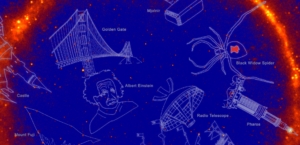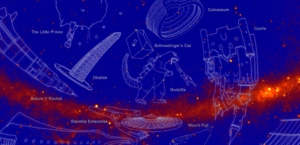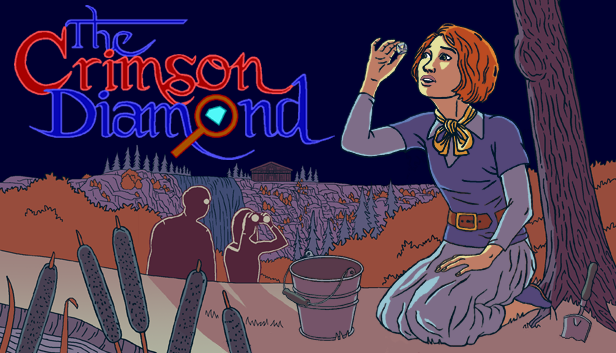How many constellations can you name when you look up into the night sky? I’m sure you remember learning all of the classics such as the Big Dipper, Taurus the Bull and Orion’s Belt. Did you know about the Godzilla, The Hulk, and The Tardis constellations? I know what you are thinking, those are not constellations. According to NASA, they are. Scientists with NASA’s Fermi Gamma-ray Space Telescope created a set of modern constellations to celebrate the mission’s 10 year anniversary.

Credit: NASA
These new “unofficial constellations pull a few characters from modern myths. These include the the aforementioned Godzilla, Hulk, and Tardis plus others like the USS Enterprise, Albert Eistein, The Eiffel Tower and the Saturn V Rocket, just to name a few.
“Developing these unofficial constellations was a fun way to highlight a decade of Fermi’s accomplishments,” said Julie McEnery, the Fermi project scientist at NASA’s Goddard Space Flight Center in Greenbelt, Maryland. “One way or another, all of the gamma-ray constellations have a tie-in to Fermi science.”
Fermi’s Large Area telescope had mapped over 3,000 gamma-ray sources. These gamma-ray sources are 10 times the number known prior to the start of the mission. This number of known gamma-ray sources was now comparable to the the number of stars that are part of traditional constellations. This caused the team to set out and develop a set for the sources.
You can check out a web-based interactive showcase of the new constellations. As you click on the constellation you can learn more about the object or character that constellation represents. Really cool, fun stuff!
What do you think? Are you excited that geek culture is getting represented in science? Do you like the constellations that have been created? When do you think we will see a Death Star constellation? Share your thoughts with us by commenting below and lets start a conversation!











